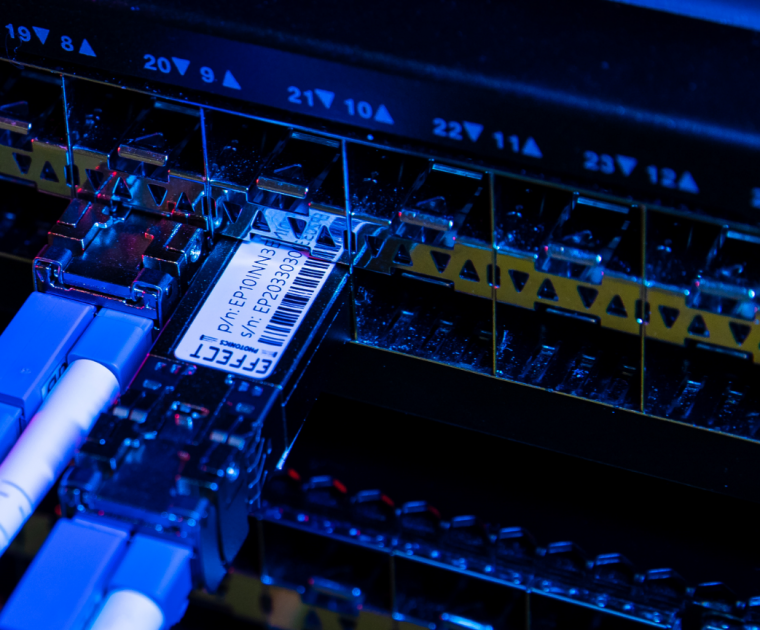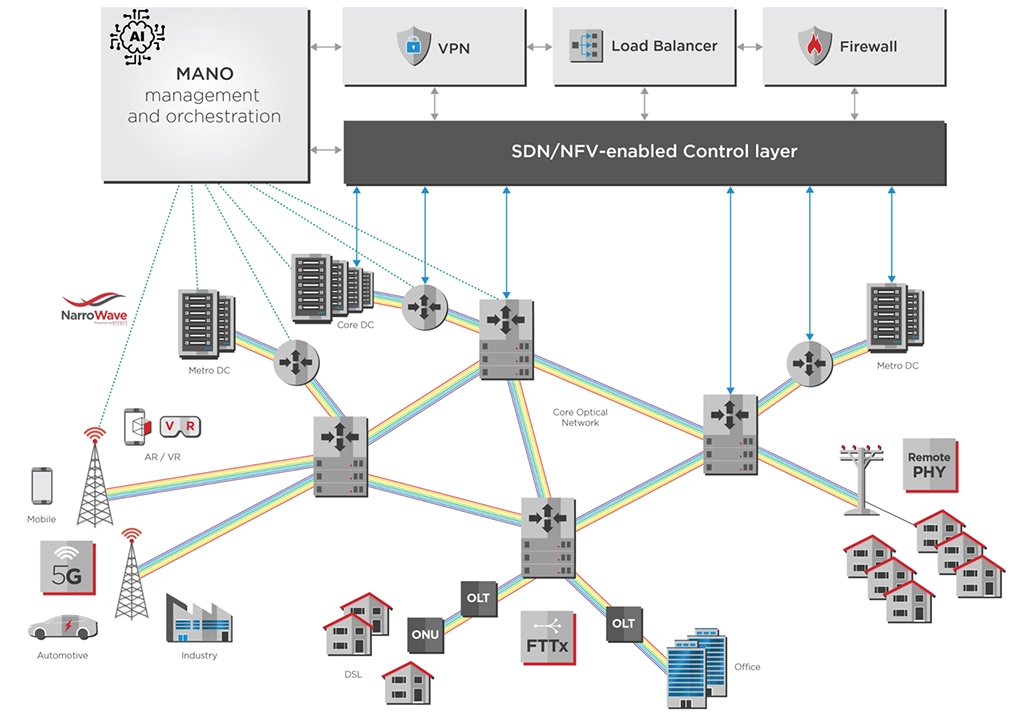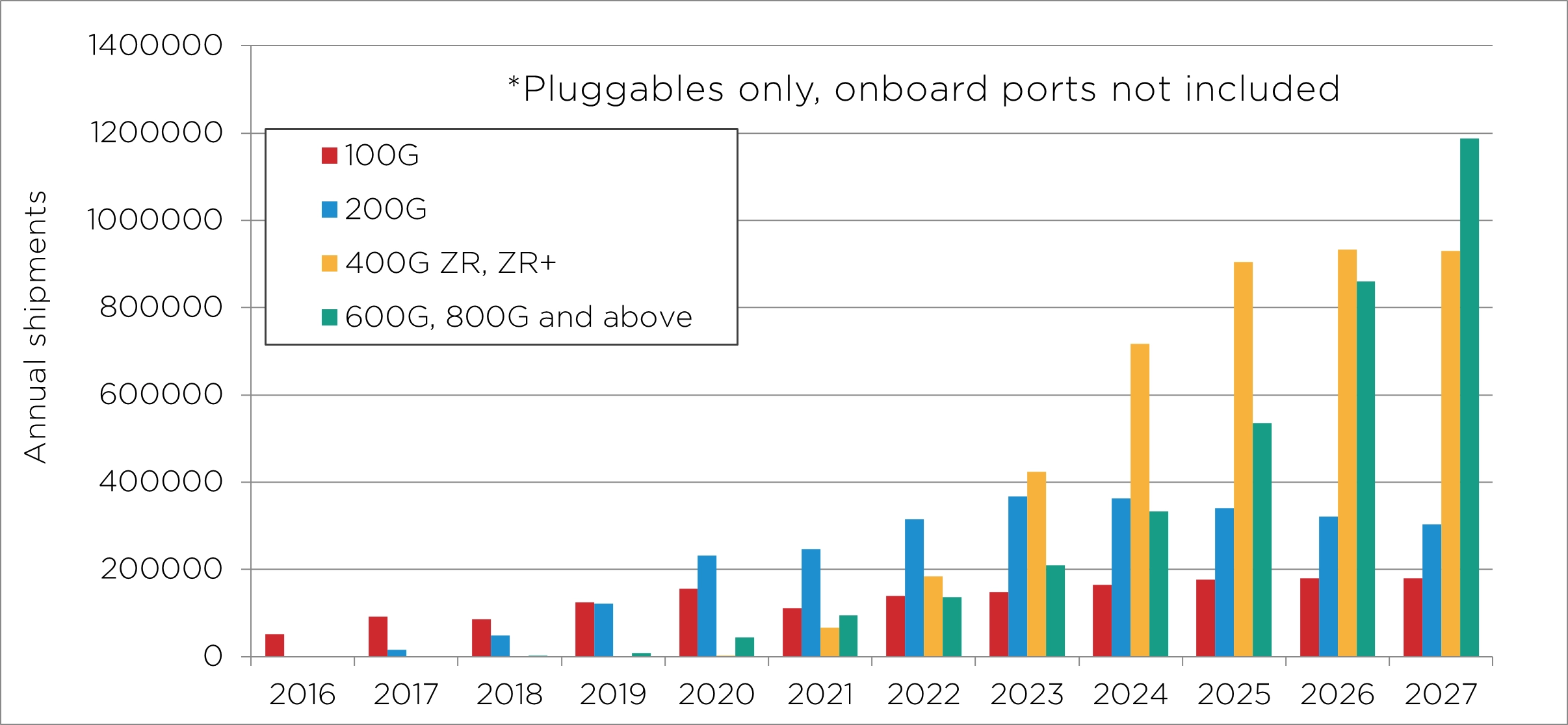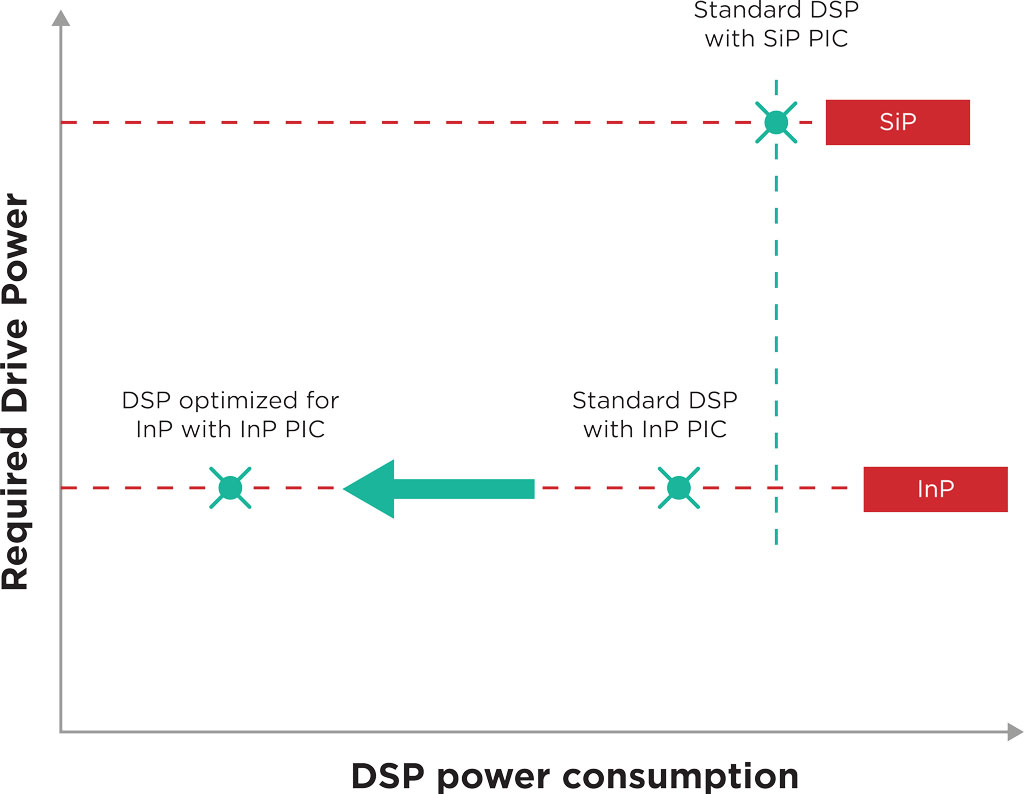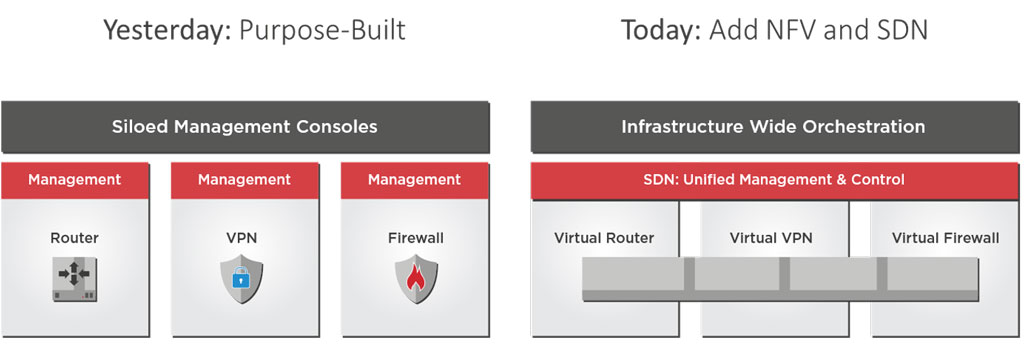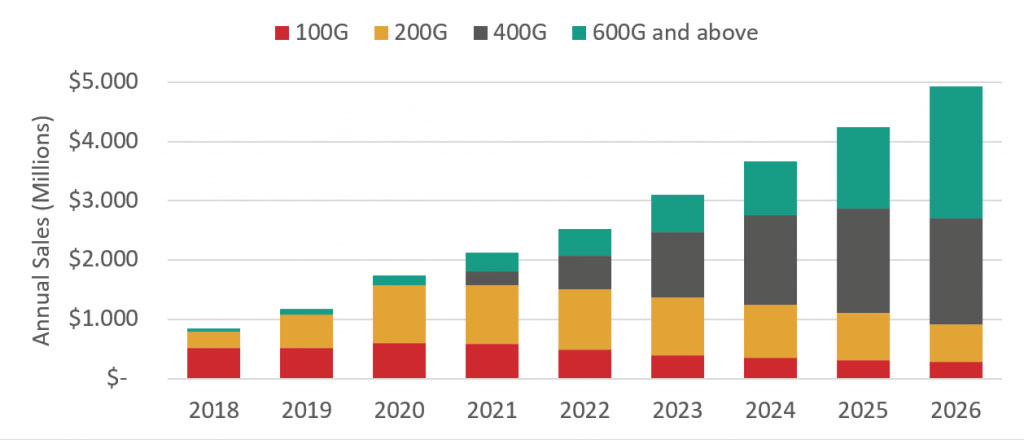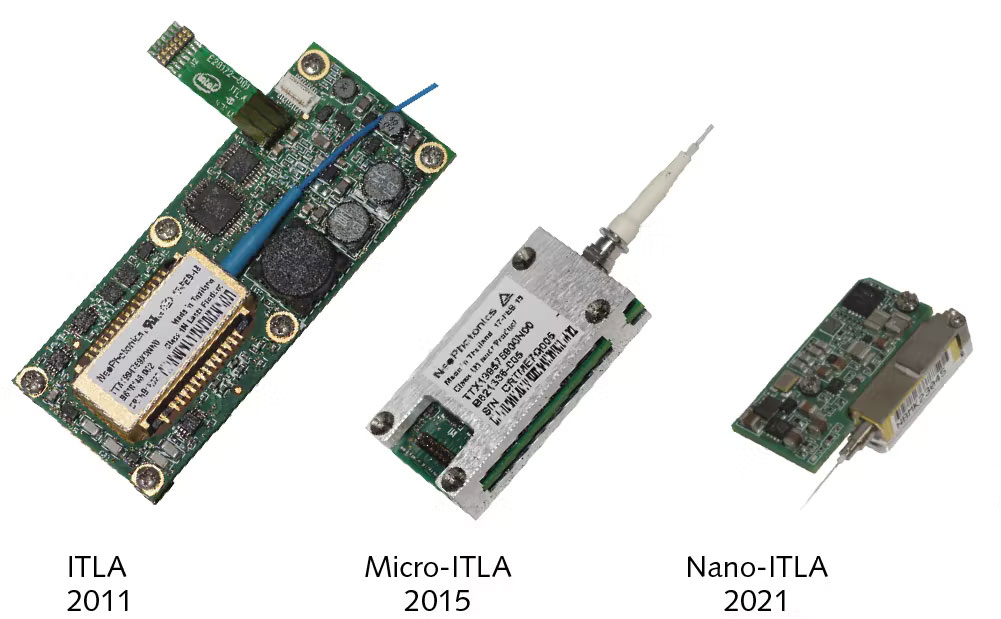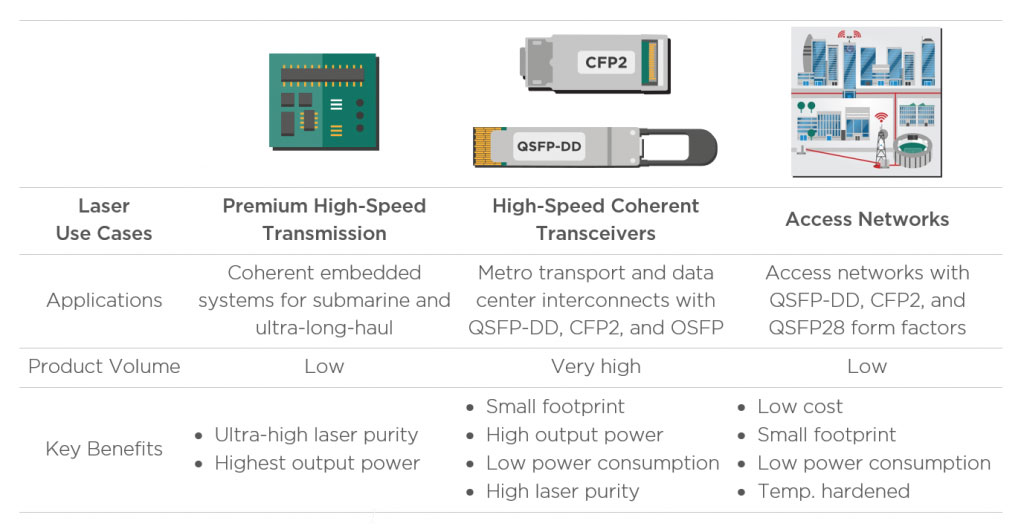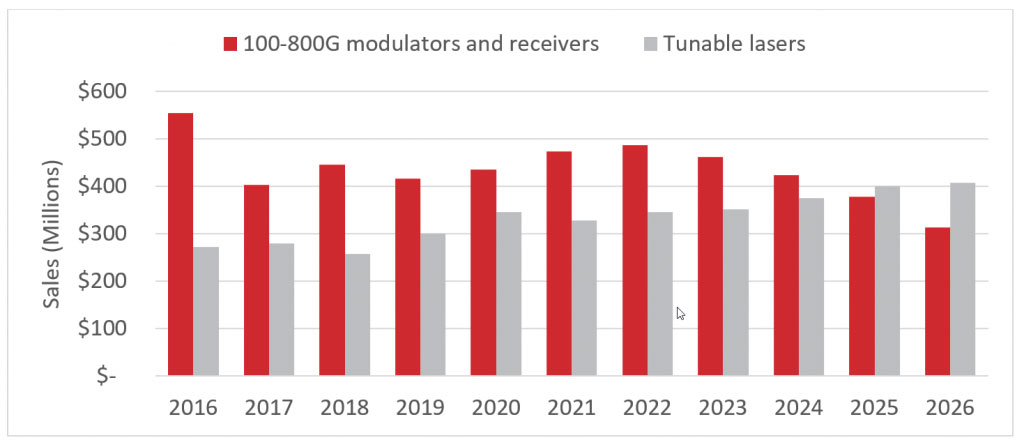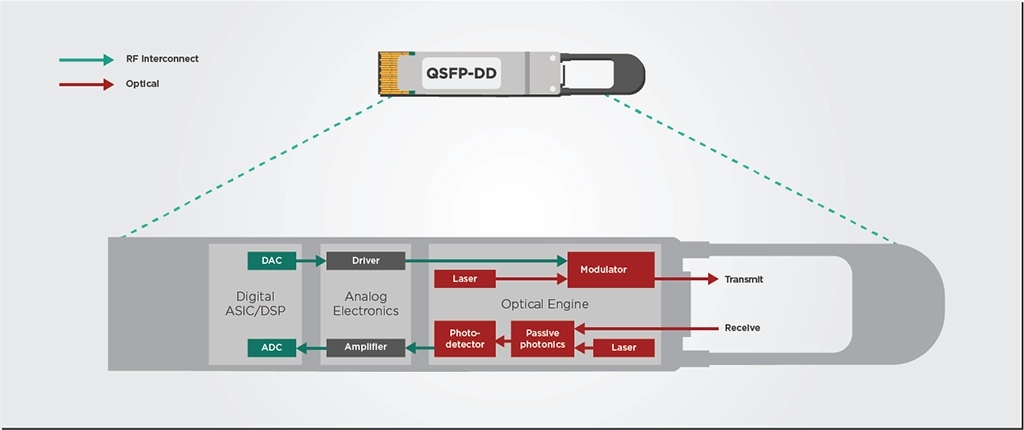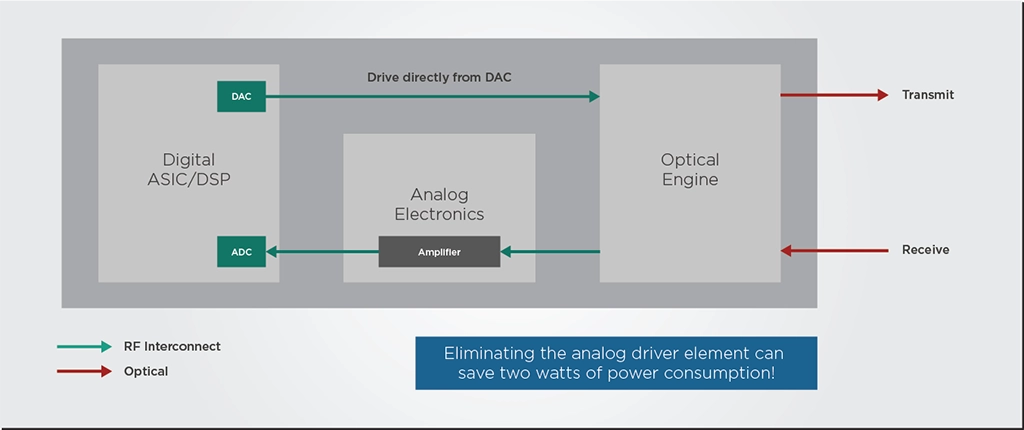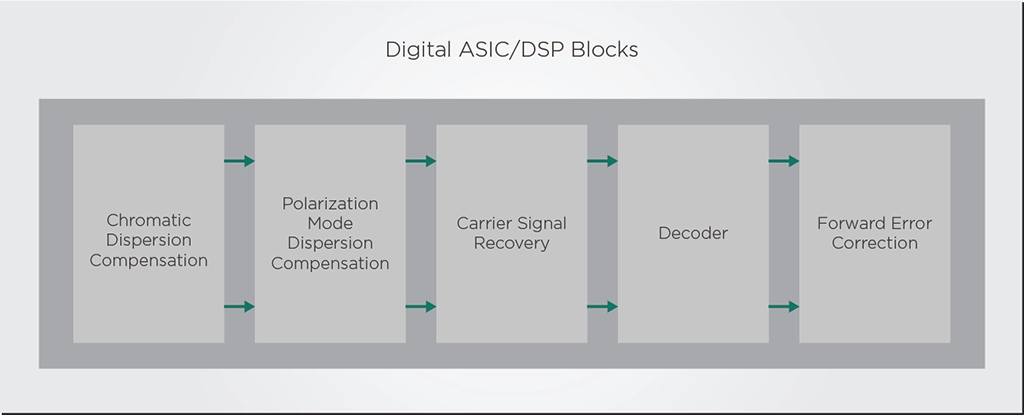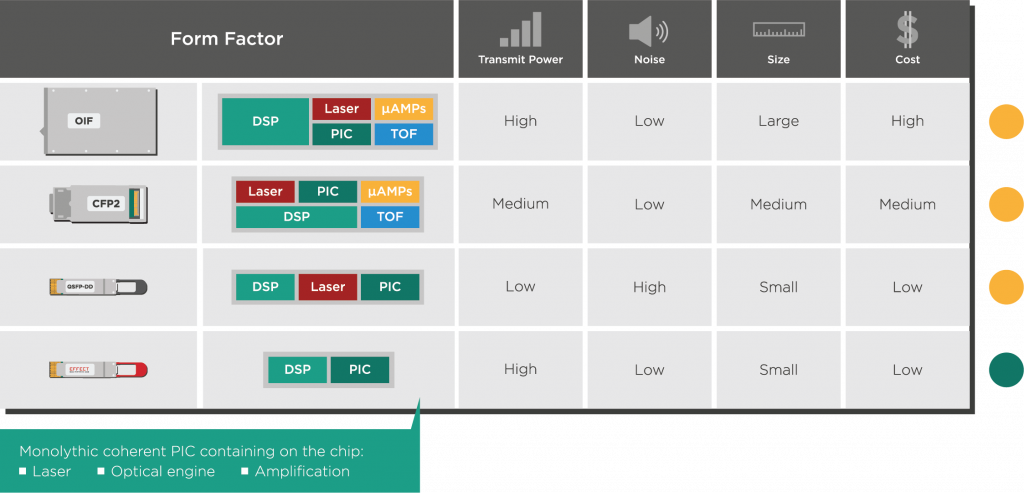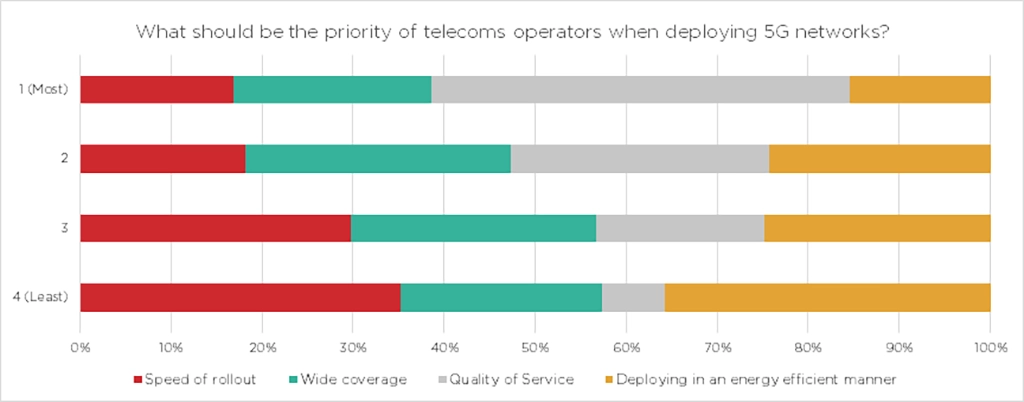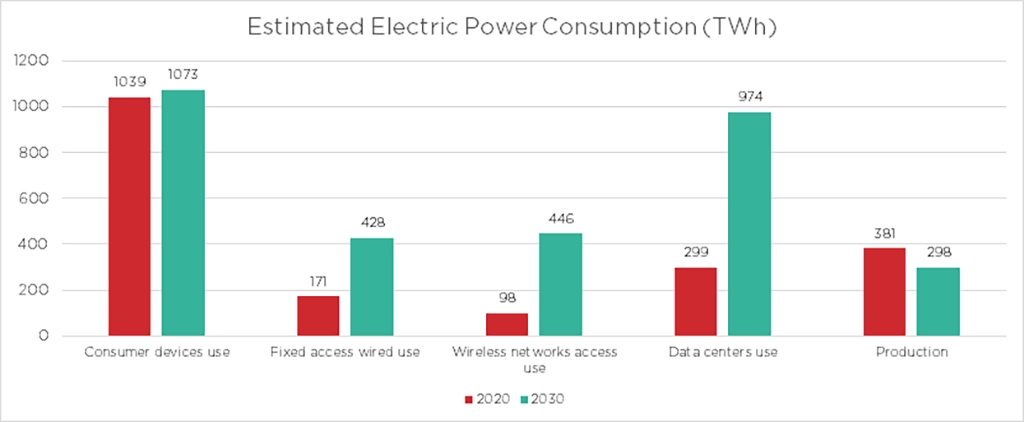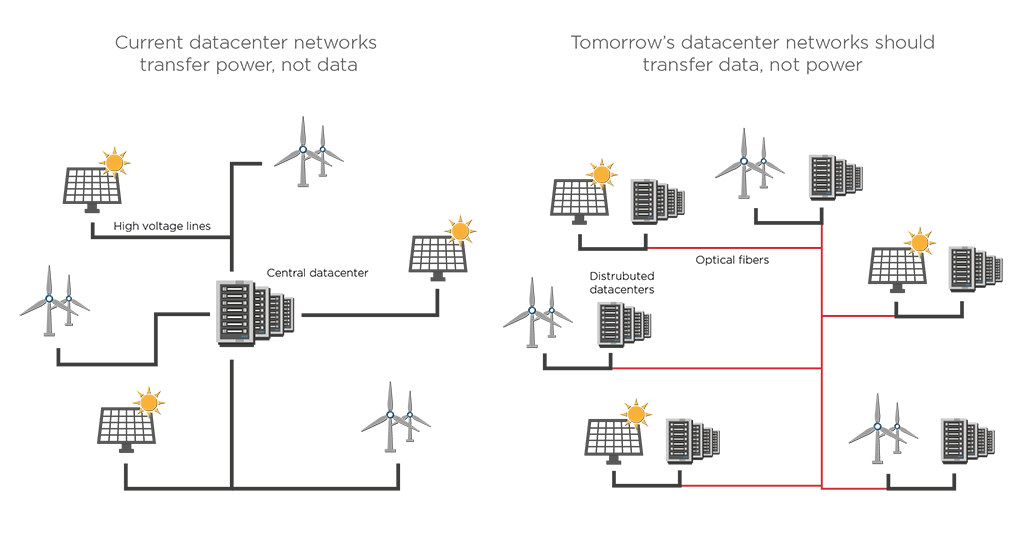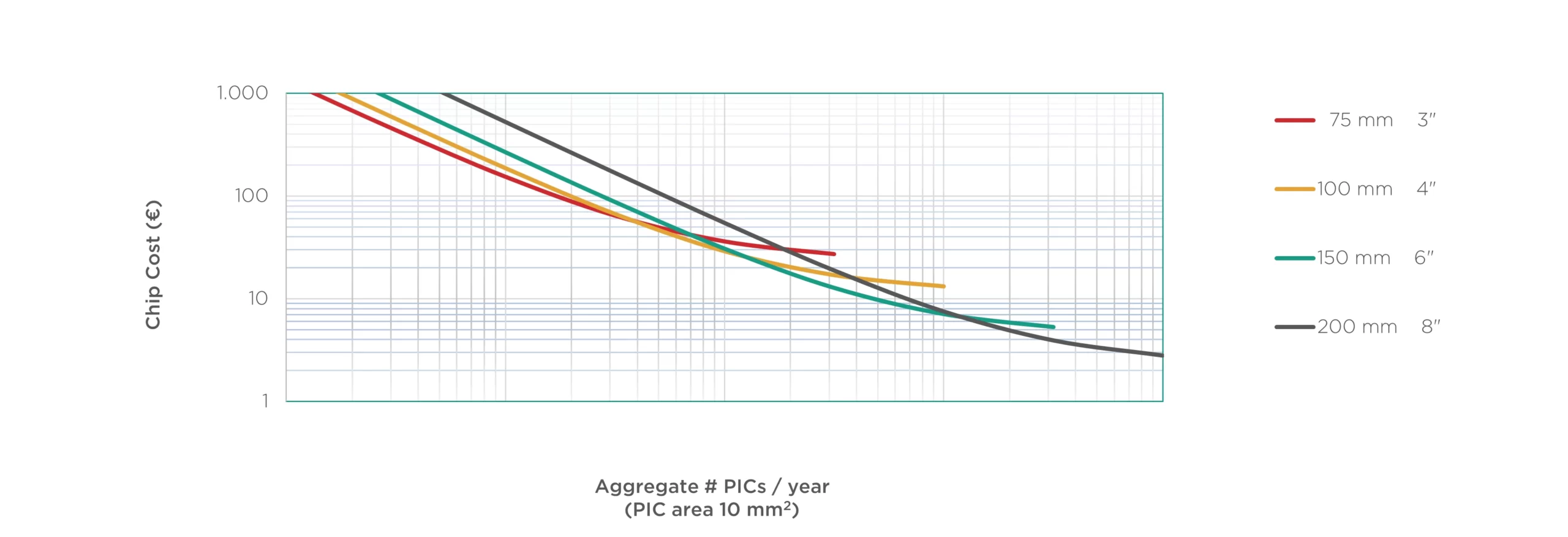Article first published 16th February 2022, updated 31st January 2024. 5G networks will use higher…
Article first published 16th February 2022, updated 31st January 2024.
5G networks will use higher frequency bands, which require the deployment of more cell sites and antennas to cover the same geographical areas as 4G while existing antennas must upgrade to denser antenna arrays. On the side of fixed access networks, the rise of Remote PHY architectures and Dense Wavelength Division Multiplexing (DWDM) will lead to a similar increase in the density of optical network coverage.
Installing and maintaining these new nodes in fixed networks and optical fronthaul links for wireless networks will require many new DWDM optical links. Even though tunable DWDM modules have made these deployments a bit easier to handle, this tremendous network upgrade still comes with several challenges. Typical tunable modules still require several time-consuming processes to install and maintain, and that time quickly turns into higher expenses.
In the coming decade, the winners in the battle for dominance of access networks will be the providers and countries with the most extensive installed fiber base. Therefore, providers and nations must scale up cost-effectively AND quickly. Every hour saved is essential to reach targets before the competition. Fortunately, the telecom industry has a new weapon in the fight to reduce time-to-service and costs of their future networks: self-tuning DWDM modules.
Plug-and-Play Operation Reduces Time to Service
Typical tunable modules involve several tasks—manual tuning, verification of wavelength channel records—that can easily take an extra hour just for a single installation. Repair work on the field can take even longer if the technicians visit two different sites (e.g., the node and the multiplexer) to verify that they connected the correct fibers. If there are hundreds of nodes to install or repair, the required hours of labor can quickly rack up into the thousands.
Self-tuning allows technicians to treat tunable modules the same way they do with grey transceivers. There is no need for additional training for technicians to install the tunable module. Technicians only need to follow the typical cleaning and handling procedures, plug in the tunable module, and once plugged, the device will automatically scan and find the correct wavelength.
This plug-and-play operation of self-tuning modules eliminates the additional time and complexity of deploying new nodes and DWDM links in optical access networks. Self-tuning is a game-changing feature that makes DWDM networks simpler and more affordable to upgrade, manage, and maintain.
Host-Agnostic and Interoperable
Another way to save time when installing new tunable modules is to let specialized host equipment perform the tuning procedure instead. However, that would require the module and host to be compatible with each other and thus “speak the same language” when performing the tuning procedure. This situation leads to vendor lock-in: providers and integrators could not use host equipment or modules from a third party. This lock-in adds an extra layer of complexity and gives providers less flexibility to upgrade and innovate in their networks.

Self-tuning modules do not carry this trade-off because they are “host-agnostic”: they can plug into any host device as long as it accepts third-party 10G grey optics. Just as technicians can treat a self-tuning module as grey, any third-party host equipment can do the same. This benefit is possible because the module takes care of the tuning independently without relying on the host.
Enabling Simpler Network Management
Self-tuning lies at the core of EFFECT Photonics’ NarroWave technology. To implement our NarroWave procedures, we add a small low-frequency modulation signal to the tunable module and specific software that performs wavelength scanning and locking. Since this is a process controlled via software and the added signal is very small, it has no impact on these transceivers’ optical design and performance. It is simply an additional feature that the user can activate. The figure below gives a simplified overview of how NarroWave self-tuning works.
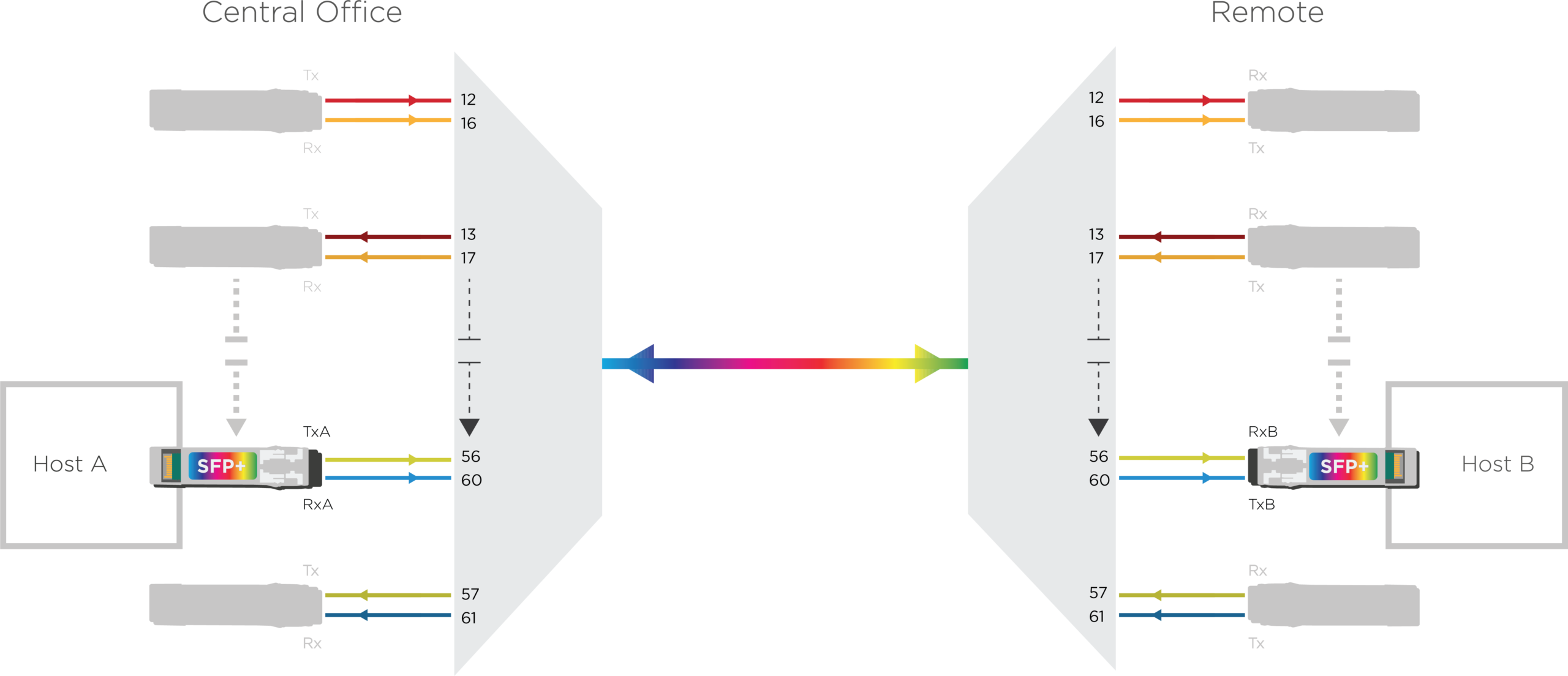
Since self-tuning software requires exchanging commands between modules across the network, it can also enable remote management tasks. For example, our NarroWave communication channel can also allow the operator’s headend module to have read-write control over certain memory registers of the tail-end module. This means that the operator can modify several module variables such as the wavelength channel, power levels, behaviour when turning on/off, all from the comfort of the central office.
In addition, the NarroWave channel also allows the headend module to read diagnostic information from the remote module, such as transmitter power levels, alarms, warnings, or status flags. NarroWave then allows the user to act upon this information and change control limits, initiate channel tuning, or clear flags. These remote diagnostics and management features avoid the need for additional truck rolls and save even more operational expenses. They are especially convenient when dealing with very remote and hard-to-reach sites (e.g., an underground installation) that require expensive truck rolls. Some vendors have made remote installation and management of these modules even more accessible through smartphone app interfaces.
Takeaways
With these advantages, self-tuning modules can help rethink how optical access networks are built and maintained. They minimize the network’s time-to-service by eliminating additional installation tasks such as manual tuning and record verification and reducing the potential for human error. They are host-agnostic and can plug into any third-party host equipment. Furthermore, tunability standards will allow modules from different vendors to communicate with each other, avoiding compatibility issues and simplifying upgrade choices. Finally, the communication channels used in self-tuning can also become channels for remote diagnostics and management, simplifying network operation even further.
Self-tuning modules are bound to make optical network deployment and operation faster, simpler, and more affordable. In our next article, we will elaborate on how to customize self-tuning modules to better fit the needs of specific networks.
Tags: access networks, DWDM, fixed access networks, flexible, G.metro, Integrated Photonics, OPEX, optical transceivers, photonic integration, Photonics, pluggables, remote diagnostics, remote management, self-tuning, Smart Tunable MSA, Transceivers, tuneability